#feetwork
Text
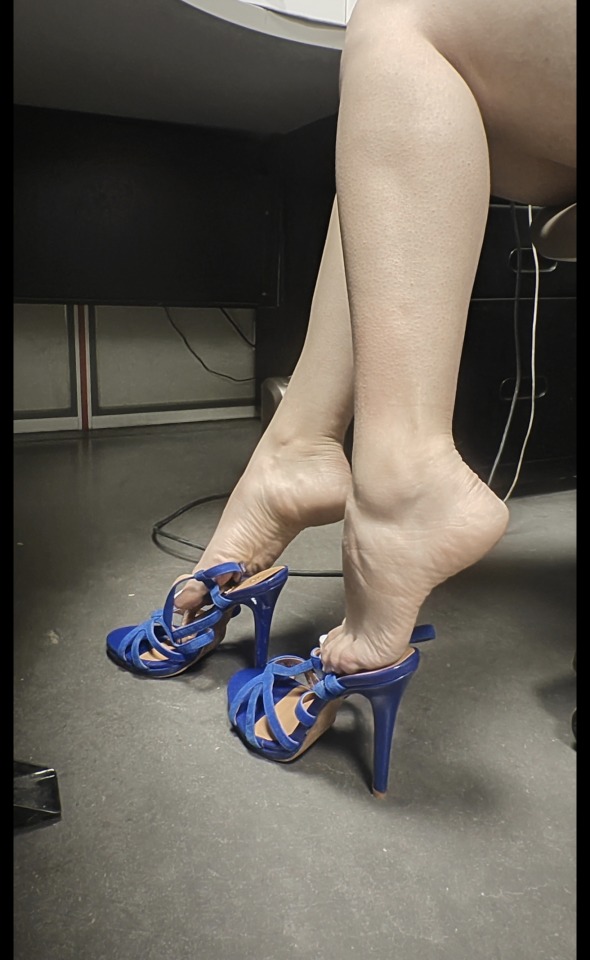
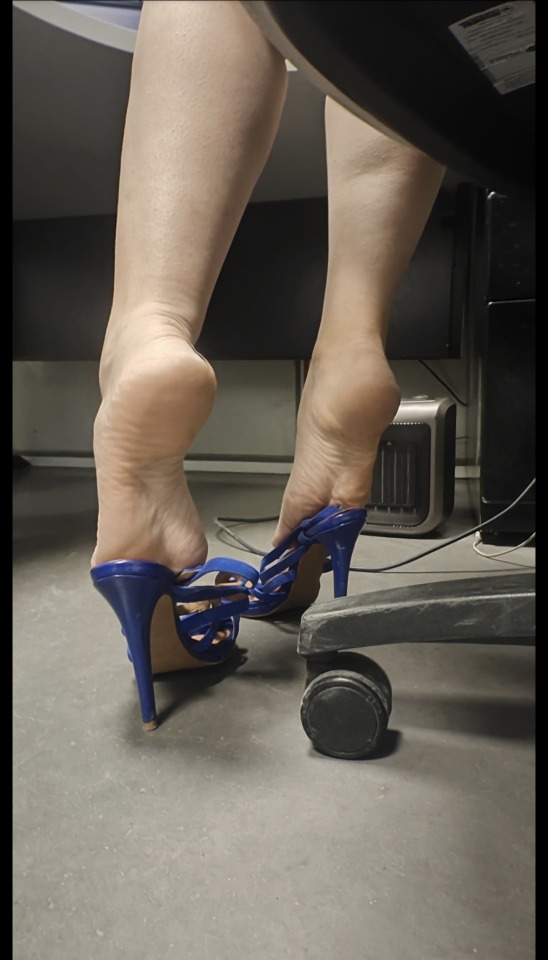
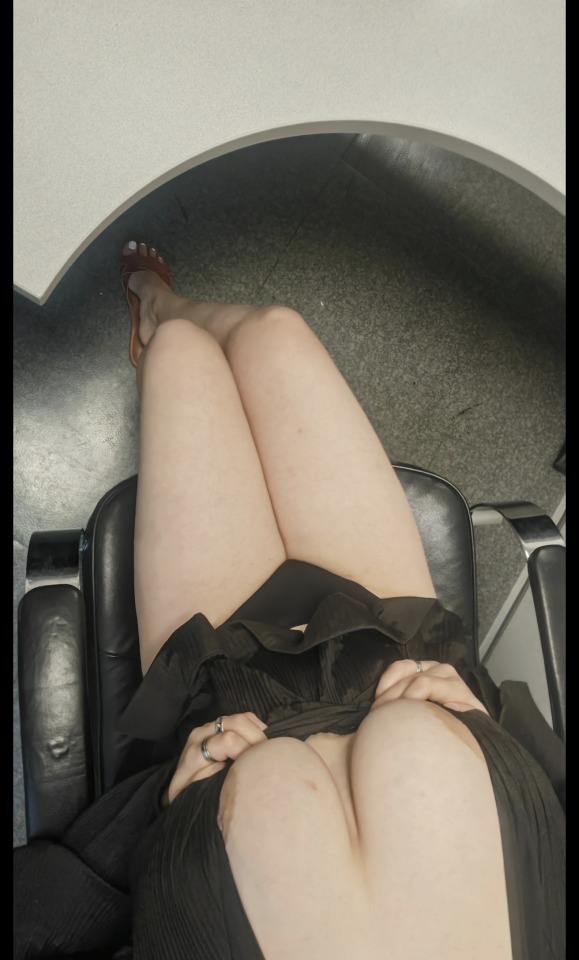



Ova modele
356 notes
·
View notes
Photo
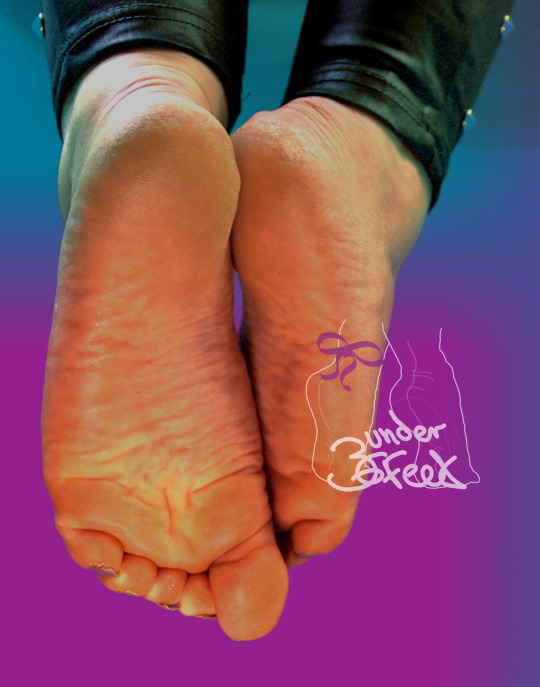

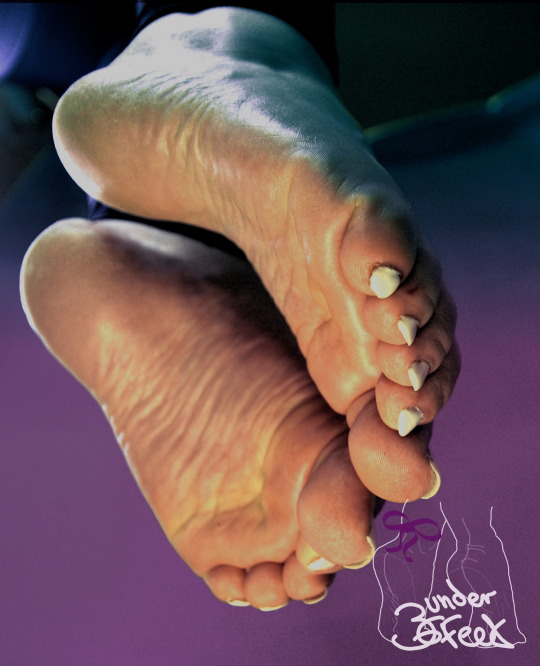

🤎🧡soles... all 4 pair of them, what you gonna do? 💙💜
#soles#dirty soles#lick my toes#candy toes#feet#feetish#meaty soles#foot wrinkles#feetcurves#barefoot#footfeetishnation#soft soles#female toes#arched foot#feetwork#foot lover#feetworld#feetqueen#feetpics
25 notes
·
View notes
Text
youtube
TURF FEINZ "R.I.P. June" Oakland eNinja Chonkie NoNoize | YAK FILMS
4 notes
·
View notes
Text

#feetwork#feetish#footporn#foot feddish#foot world#footworship#feetcurves#feet#footgoddess#foot#kardashian jenners#ariana grande#rihanna#gigi hadid#y2k fashion#cybercore#cyberspace#los angeles#new your city#dubaistyle#angel core#2000s core#soft core#versace#model off duty#foot findom#foot finder#curvy af#slim and stacked#mexican
3 notes
·
View notes
Text
HOW TO TAKE CARE FEET AT HOME
Want to take care of your feet at home? Here are some simple and effective tips to keep your feet healthy and happy!
#styleons#feetcare#homeremedies#feet#skincare#pedicure#naturalremedies#footcare#beauty#cutefeet#feetnails#feetwork
0 notes
Text
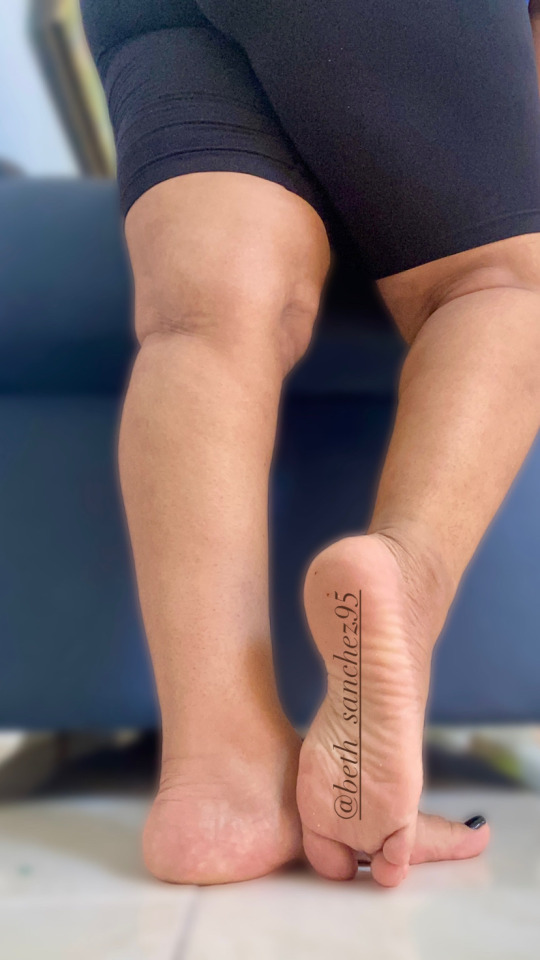
Vendo contenido personalizados.🤤🦶🏽🧦👡
#footfetish
#feetish#pies#pies bonitos#foot feddish#piesitos#piesfemeninos#footfe#hand pies#piesdescalzos#Feet#feetwork#feetpictures#dirty foot
1 note
·
View note
Text
Irina shooting Ukrainian girl
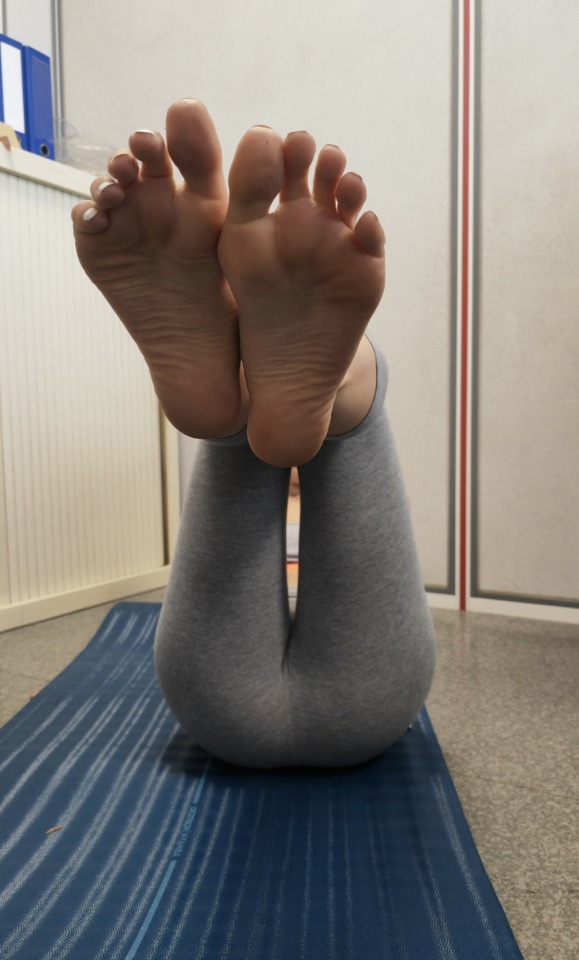
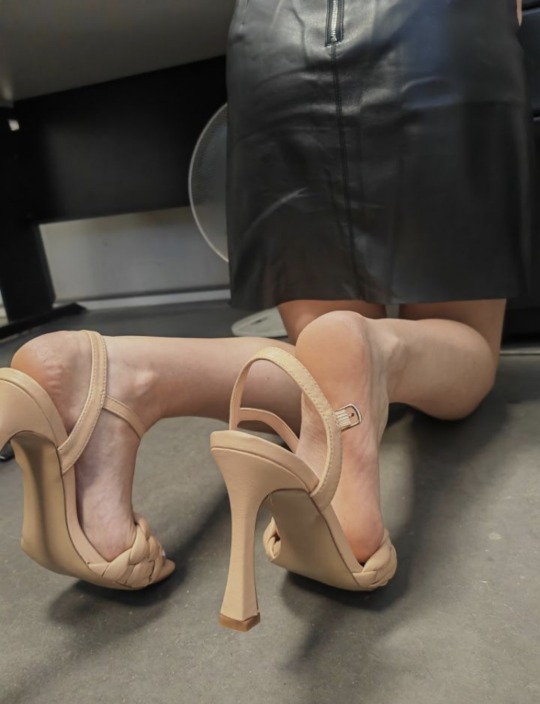

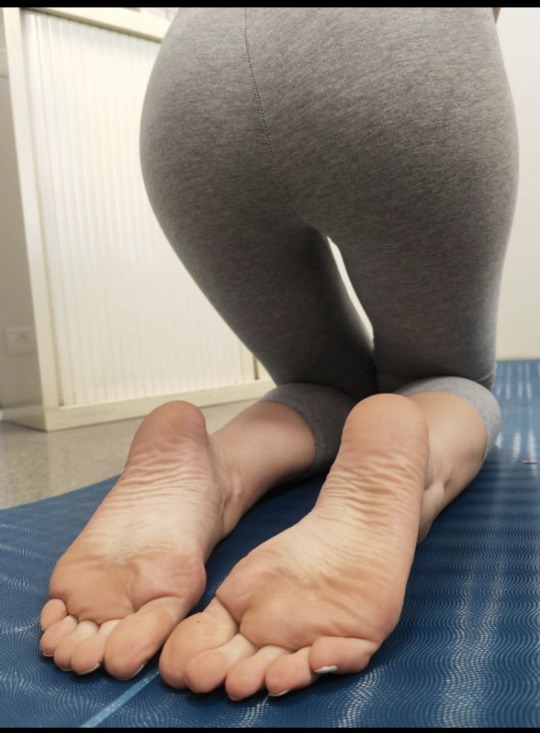


109 notes
·
View notes
Text
Graceful Movements: Unveiling the Elegance of Indian Folk Dance Forms
The significance of costumes of Indian Folk Dancing
Get ready to embark on an adventure through the exciting landscape of Indian folk dances and the central role played by costumes. From intricate embroidery to bold hues, these clothes are not just an accessory but an essential part that gives life and meaning to each performance. Take a look as we dive into the fascinating history and significance of traditional Indian costumes for dance, discovering the ways it is a reflection of cultural beliefs the regional identities of the people and traditional practices in the world of religion. So, sit back, relax, and be prepared to be amazed by the power of costume in fashion!
The introduction to Indian Folk Dance
Indian Folk dances in India are performed in order to convey the joy of life, grief of separation, pleasure of meeting, and the joy of winning. They are generally performed on special occasions such as weddings, religious ceremonies, and births. The costumes worn by the dancers are an important part of the dancing and may have symbolic meanings.
The most commonly used costume used in Indian popular dances, is the traditional dhoti. The Dhoti is a piece cloth which is swaddled around the waist and legs. It is made of cotton or silk and is decorated by embroidery or other embellishments. The dhoti usually is worn with a long shirt or tunic called the kurta. The kurta covers the shoulders and chest and can be made from different materials depending on the region in which the dhoti is worn. In some dances, the dhoti may be replaced by a loincloth or a langot.
The color of the costume has significance to Indian traditional dances. Red is a symbol of strength and energy while white signifies peace and calm. The color yellow represents happiness, the color green represents fertility, and blue signifies truthfulness. Black is often associated with death, but it also symbolizes the power and authority.
The jewelry worn by Indian folk dancers is also important. Bangles are worn around the wrists as a symbol of feminine strength while necklaces represent the strength and bravery. Earrings are worn traditionally by married women to show their marital status. These earrings are worn by men and women to signify liberty.
Indian folk dances are generally performed to music and with singing. The instruments used for music vary from region to region, however, drums and cymbals are widely used throughout India. The speed of the music can be extremely fast which is why dancers are required to perform precise steps that are timed to the beat.
Types of Costumes Worn in Indian olk Dances
The costumes worn in Indian folk dances are as varied as the dances themselves. Based on the area in which the dance originated from, the kind of dance and the occasion on which it's dancing, dancers could wear anything from brightly hued traditional clothing and more modern clothes.
A few of the most well-known kinds of costumes worn during Indian folk dances are sarees, Ghagras (long skirts), and cholis (blouses). In a lot of cases, the costumes are embellished with colorful embroidery, sequins, and other ornaments. Men often wear dhoti trousers or kurtas (shirts) during folk dances. Additionally, the attire can be vibrantly colored or decorated by intricate patterns.
Costumes play a key role in telling the story, or message of a dance. For instance, a folk dance from Rajasthan could tell the tale of a battle between two rival clans. Costumes worn by dancers would be a reflection of this story and one group would wear red to represent courage and valor while the other group wears white to represent innocence and peace.
No matter what type of costume is worn It is essential that it is comfortable and permits free movement. At the end of the day, Indian folk dances are known for their lively moves and energetic feetwork!
Meaning of Costumes in Indian Folk Danc
The use of costumes in Indian folk dances makes up a large part of the show. Costumes play a crucial role in communicating the message of the dance and helping to enhance the overall visual. They also help dancers to connect with their culture and heritage.
Indian folk dances are often performed during celebrations, festivals and other occasions. The costumes worn by the dancers reflect the spirit of the occasion. They are colourful and generally lavish, with intricate patterns and designs. Costumes are a crucial element of a dancer's personal identity and assist in creating an atmosphere of fun and happiness.
Costumes also have a practical use in Indian folk dances as they are used to depict different characters or roles in the dance. For example, male costumes may differ from women's, or those worn by the villager might differ from those for royals. Props such as swords or shields could add to an understanding of the purpose behind the costume.
The importance that costumes play in Indian folk dances is their ability to take the observer to another dimension; a world of movement, color and customs. They're an integral part of the experience, and can help to create lasting memories.
Its Cultural representation Through Costumes
Indian folk dancing is an energetic and essential part of the country's culture. They're typically used to show the diverse regions and religions of India along with the various seasons. Costumes play an important role when it comes to these dances, as they can create an authentic and captivating experience for the viewer.
Costumes worn by dancers in Indian folk dances are generally intricate and vibrant. They are often adorned with traditional clothing like saris or dhoti-kurtas, and lehengas. Jewelry is also worn frequently and ranges from basic gold earrings to intricate necklaces and bracelets. The overall result is one that is full of brightness and vibrancy.
Costumedancers are not just beautiful but also represent the cultural heritage of India through their dance moves. Every step made by dancers in their performance tells an account of their culture, tradition, and their beliefs. For instance, in the popular Garba dance from Gujarat women wear vibrant ghagras (skirts) when they perform rituals around a sacred flame. This dance is usually performed during Navratri that is a nine-night event to honor the goddess Durga.
The costumes that are used in Indian folk dances are often of deep cultural significance. They are not simply chosen due to their aesthetic value, but also because they have meaning for the dancers and their spectators. This is why costumes play a significant role in the preservation and transmission of Indian heritage from generation.
The Importance of Color In Indian Folk Dance Costumes
Color is a key element in Indian folk dances and costumes. The vibrant colors of the outfits are said to provide luck and luck, and are thought to deter evil spirits. The colors used in the costumes additionally represent various aspects of the traditions and culture of India. For instance Red is a symbol of strength and power while green represents growth or new beginnings. Yellow is often associated with prosperity and happiness White is a symbol of innocence and purity.
Each hue is a symbol of a certain significance in Indian tradition, and this is reflected in the traditional costume worn by dancers in traditional dances. The bright colors of costumes help to create the festive dancing and create an experience that is immersive for the viewers. The use of colors in Indian folk dance costumes is a significant element of the culture, and creates the most unique and beautiful experience.
The Costumes can enhance the Performance
Costumes used in Indian folk dances are important in several ways. They help enhance the performance by making dancers appear more prominent to the audience. Furthermore, the costumes generally carry a special significance and could represent the specific dance being performed. Costumes are a great way to add to the overall atmosphere of the performance and help create a sense of tradition and traditional.
The costumes that are worn during Indian folk dances are typically very colorful and eye-catching. This makes the dancers more visible for the viewers, especially when they perform in large numbers. The colours of the costume are also important every color having its own meaning. For instance Red is frequently considered to be a symbol of strength and power and white is associated with innocence and purity.
Costumes worn by dancers in Indian folk dances usually have specific significance and can be representative of the specific dance being performed. For example, some dances could be performed to celebrate an event like a wedding, or some kind of festival. In these cases the attire used by dancers could be representative of the event taking place. Some dances could have more in terms of religious or spiritual significance in the costume worn by dancers may represent that. For instance, many Hindu temples offer traditional dancing routines that are an element of religious ceremonies. These costumes worn by the dancers who perform these dances are typically elaborate and gorgeous they are intended to represent different aspects of Hinduism including different gods and goddesses.
The costumes that are worn in Indian folk dances also add to the overall ambience of the performance. The traditional costumes of dancers often help to bring out a sense the past and culture that could enhance the enjoyment of the audience. The costumes can also create a cohesive appearance for the dancers. This could be helpful for group performances.
The costumes used for Indian folk dances are extremely significant for a variety of reasons. They help make dancers appear more prominent to the viewers, and could have particular meanings, and can represent various aspects of religion or culture. They also assist in helping to create a feeling of tradition and culture that is loved by all. Bihu Dance
Conclusion
Costumes play an important part in Indian folk dances, as they help to bring the story and characters of these traditional shows to life. From elaborate costume designs that create stories within themselves, to basic yet attractive outfits that make it easy for dancers to move in each outfit enhances the overall impact of a performance. Traditional costumes also contribute to the preservation of the culture and heritage of the many Indian folk dances that will be preserved for generations to come.
0 notes
Text
Footballers should have to dance after the game; winners leading the losers in a waltz. The game’s score ceases to matter and the players are judged solely on their feetwork and posture and other things important to waltzing. Their helmets bump together and they awkwardly make eye contact. Their hair is matted, some make eye contact despite blinding sweat and the crowd is screaming.
1 note
·
View note
Text
“ AMERICAN COWSLIP “
a cage with an opened door, a bird unwilling to leave
Not all humans become gods when they reach enlightenment, some stay as humans or some decide to wander the mortal realm as immortals to experience life in ways that their limited lifespans denied them. Though there’s some who consider their sins on their pathway to enlightenment to be too sinful and, instead, lock themselves in another dimension as punishment for these sins. A solitary confinement in another dimension untouched by gods, something that is considered impossible, and yet, it has been done many times before.
Suvat is one of those cases where humans who have reached the levels of the gods lock themselves away from humanity and godhood. The haunting images burn itself within their mind, and the smell stings their nose no matter how many times they sprayed perfume in the air. Eventually, they had given up in trying to rid their body and mind of the red that stains their hand, and let themself rot within this dimension of theirs meant to resemble their homeland.
They weaved silk decorated with gold and silver that told stories of events that only they know of and stories of gods passed down from generation to generation. It was almost as if they were writing stories with their own twists to them, writing love letters to universes they’ve created within their dreams. They do not remember how long they have been in this dimension, and yet they continued to weave silk and create beautiful textiles that would end up being burned as offerings to no one. After all, this was their punishment that they had personally given to themself and they would see it to the end.
Though, they don’t remember what details the ending of the story they have woven themself into. They turn their eyes to gaze outside the open window where the cool breeze would enter to symbolize the freedom they desperately sought for despite having made this prison for themself. They reach their hand towards the light, and for a flicker of a moment, they hear the bells of death and judgment ring throughout the wind that carries it all the way over to their dimension.
“Ah..., something is going on outside this cage of mine,” they hum, finishing off their textile they were currently weaving, “I want to...” With sudden ambitions in their eyes, they stood up from their position and took hold of the textiles and papers of failed drafts within their arms. Though their footsteps seem hurried, their feetwork seems similar to that of dance in a way, each step having a certain rhythm to it within their mind. The moment they reach the door, the world begins to tell a tale they had written long ago.
Within this village, there lies a mask shop that only few can find. It’s rumored that the mask shop only shows itself to those who meet a certain condition. Whether it’s someone close to becoming a phi or a phi who had done the worst of the worst in crimes, those who fit that description have always entered the mask shop yet only those who returned spoke of tales. They say a young man wearing clothes deemed sacred with masks that seemed to resemble that from the sacred Phra Lak Phra Ram.
The wind blows and pushes Suvat along the road they have chosen after years of self-imprisonment, encouraging them to see the skies they so adored. They pass by monks, villagers, and children who act out roles of story, their laughter and chanting fills the air as the sun shines down upon them. Suvat continues to run along the dirt path, their light brown hair blowing in front of their eyes as pages spill out and bless the air with stories.
0 notes

